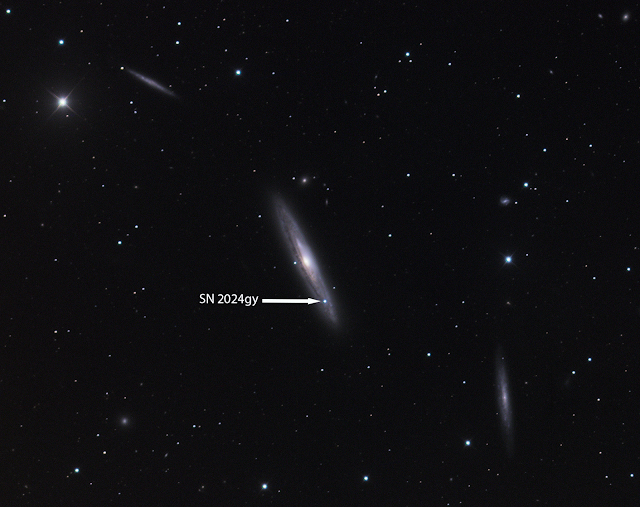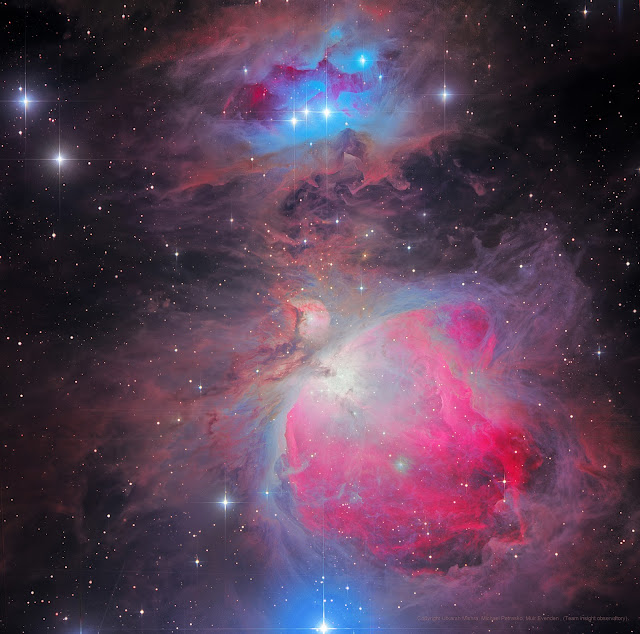Chasing Celestial Snowballs: Observing and Photographing Comet SWAN25F

Comet SWAN 25F taken by Chris Shur. Are you an astrophotographer or amateur astronomer looking for your next celestial challenge? Look no further than the captivating Comet SWAN25F! This newly discovered comet has been generating excitement in the astronomical community, and for good reason. With a little planning and the right equipment, you can observe and even photograph this icy wanderer from your own backyard. A Green Guest in the Dawn Sky, Comet SWAN25F, designated C/2025 F2 (SWAN), was discovered in late March 2025 and has quickly become a target of interest for stargazers. It was first identified through images captured by the Solar Wind Anisotropies (SWAN) instrument aboard the Solar and Heliospheric Observatory (SOHO), a joint mission between NASA and the European Space Agency. The discovery highlights the important role citizen scientists play in astronomy, with Australian amateur astronomer Michael Mattiazzo credited as the primary discoverer. Currently, Comet SWAN25...





